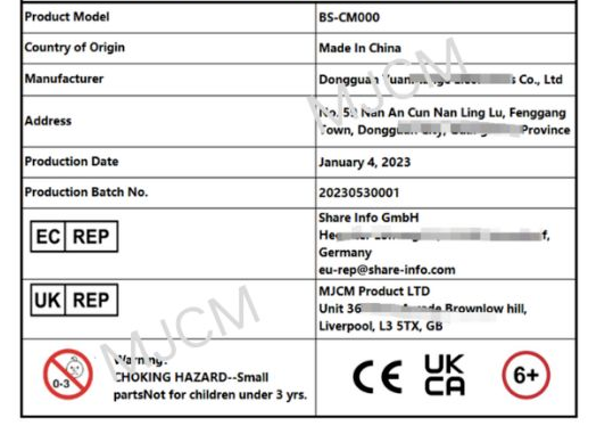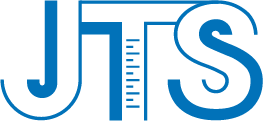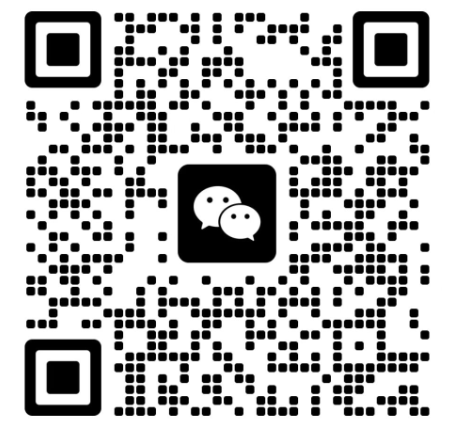Toy stationery testingProduct
Your Location:Home > Toy stationery testingCPC Certification (Children's Product Certificate) is a mandatory safety certification in the United States for consumer products designed or intended primarily for children aged 12 and under. These products mainly include, but are not limited to, toys, children's apparel, furniture, and electronic products. CPC certification is implemented pursuant to the Consumer Product Safety Improvement Act (CPSIA). Its purpose is to ensure that these products comply with the safety standards and regulations established by the U.S. Consumer Product Safety Commission (CPSC), thereby protecting children from potential safety risks.
Primary Certification Requirements:
1.Compliance with all applicable children's product safety rules.
2.Testing for compliance by a CPSC-accepted laboratory.
3.Issuance of a Children's Product Certificate (CPC) to certify the product's compliance.
4.Affixing permanent tracking information to the product and its packaging.
Key Testing Items•Physical and Mechanical Properties: e.g., small parts choking hazards, sharp points and edges.
•Flammability: Flame resistance of textiles.
•Chemical Restrictions: Lead content (≤90 ppm in surface coatings, ≤100 ppm in substrate), phthalates, eight soluble heavy metals, formaldehyde, benzene, and other hazardous substances.
•Electrical Safety: For electric toys and equipment.
•Material Composition Analysis.
•Reliability and Durability Testing.
Additional Testing for Specific Product Categories:•Toys: Must additionally comply with the ASTM F963-23 toy safety standard, including mechanical/physical tests, chemical tests, and labeling requirements.
•Children's Furniture: e.g., dressers, cribs. Must comply with standards like ASTM F2057, including tip-over tests.
•Childcare Articles: e.g., strollers, safety seats. Must comply with standards like ASTM F406, CPSC 16 CFR, requiring various safety tests.
The CPSC has established and published a list of children's product safety rules for which third-party testing certification is required. Examples include:•Lead in Paint
•Full-Size and Non-Full-Size Cribs
•Pacifiers
•Small Parts
•Children's Metal Jewelry
•Baby Walkers, Toddler Harnesses and Carriers
•All other children's product safety rules
The CPSC accepts third-party conformity assessment bodies or designates an independent organization to perform this work. It periodically evaluates and revises the acceptance requirements and publishes the list of accepted laboratories on its official website.
Manufacturers or importers of children's products must provide a CPC, certifying that the children's product complies with applicable safety rules.
The format of the CPC is flexible but must include the following information:
1.Identification of the product covered.
2.Citation of each CPSC children's product safety rule to which the product is being certified.
3.Identification of the importer or domestic manufacturer certifying compliance.
4.Contact information for the individual maintaining test records.
5.Date(s) and place of manufacture.
6.Date(s) and place of testing for compliance.
7.Identification of any CPSC-accepted third-party laboratory on whose testing the certificate depends.
Tracking Label RequirementsProducts must bear a permanent tracking label containing the following basic information:1.Manufacturer or private labeler name.
2.Location and date of production.
3.Detailed information on the manufacturing process, such as batch/run number, or other identifying characteristics.
4.Any other information to facilitate determining the product's specific source.
All tracking labels must be clearly visible.
Exemption for Size: Products smaller than 2.54cm x 2.54cm or 5.08cm x 1.905cm may be exempt from the tracking label requirement.
For toy products, ASTM F963 labeling requirements must also be considered. In addition to the above, warning labels are required, typically including:
a) Company address;
b) Product name and model number;
c) Age grade: e.g., Ages 3+, Ages 0+, Ages 6M+;
d) Warning statements;
e) For plush toys, a washable label is also required.
For durable infant or toddler products (e.g., walkers, bath seats, bassinets, cribs, high chairs), importers, manufacturers, and private labelers must, in addition to the basic tracking label, also provide product markings and a product registration card.
Example of a Tracking Label:

J-Testing is a CNAS, CMA, and CPSIA accredited laboratory, committed to providing global clients with professional third-party testing, consulting services, and cross-border certification assistance.






 Our Service
Our Service
